A risk-averse teen, Hailey keeps a list of things she’s scared to do. But one New Year’s Eve she makes a resolution. She’s going to do everything on her list. Enter a chaos bot intent on destroying her list. Why? It turns out that facing her fears somehow holds the key to saving future planet Earth.
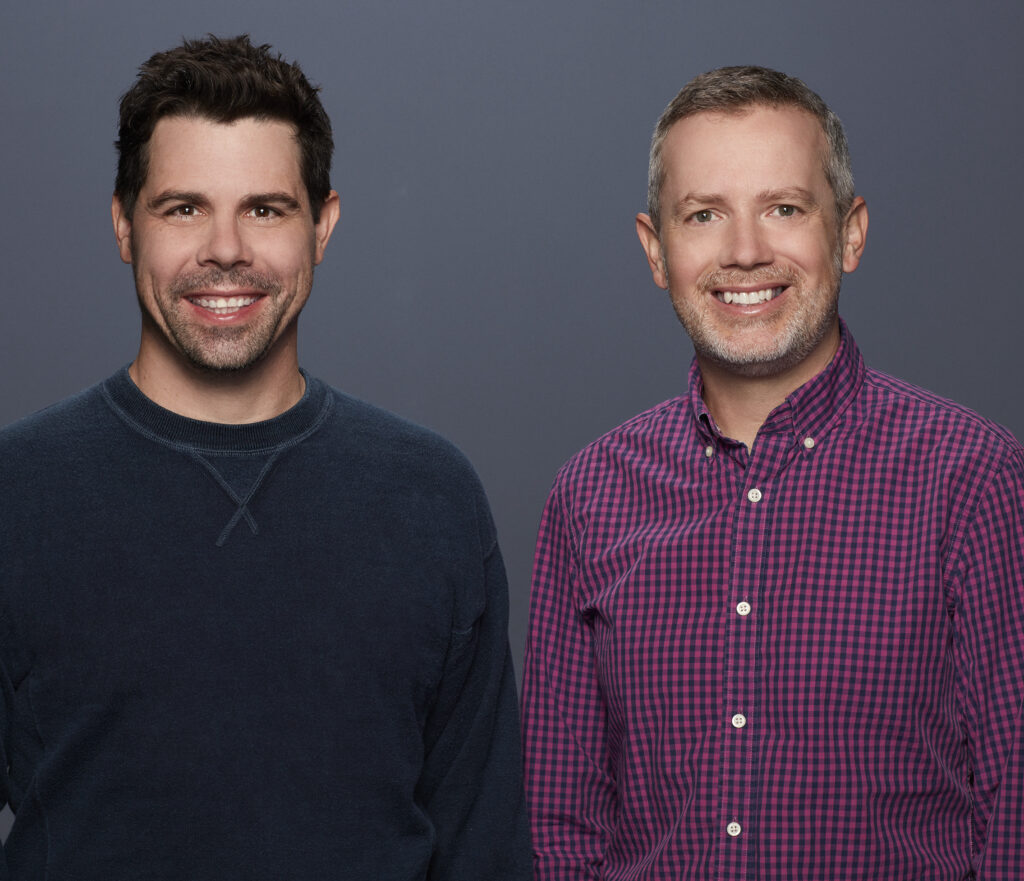
So how did the creators and Executive Producers of Hailey’s On It!—Devin Bunje and Nick Stanton—come up with this premise? “When we were developing, we went through a lot of the stuff we loved growing up and shows that still spoke to us on a comedy level now,” says Bunje. “The setup we kept coming back to is we liked ordinary kids in extraordinary circumstances. That was a thing we realized we really wanted to do.”
As for two males tackling a 14-year-old female perspective, they credit the many different viewpoints in their diverse, predominantly female writers’ room. In addition, the primary relationship on the show is Hailey and her best friend Scott, “so a lot of conversations we had in the room would often end up in our scripts,” Stanton says.
As TV veterans, Bunje and Stanton have created and written both live-action and animation shows. With their last live-action project, “we had a big, loud, boisterous room where we would all pitch out jokes and room-write scripts together,” says Stanton. “On show night we would have a big live audience to get feedback and rewrite jokes on the fly.”
In animation, that kind of last-minute opportunity doesn’t exist. For the most part, jokes need to be solid before they head down the pipeline. That’s what makes the animation writers’ room especially important. “When you’re in [that] room together, if you get laughs, you know something is working,” Bunje says.
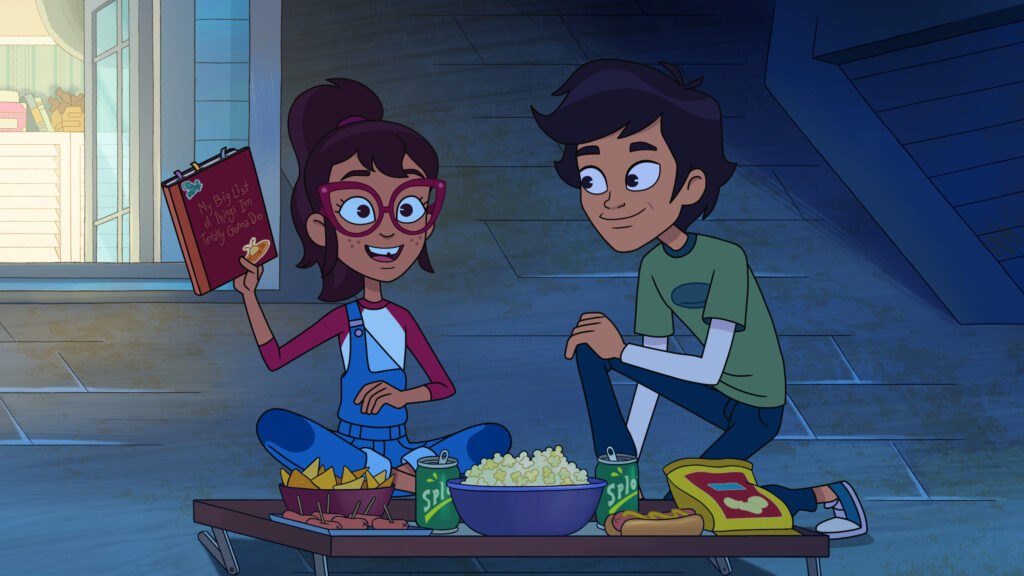
The first season of Hailey’s On It! had eight writers, not including Bunje and Stanton. They say that number is a lot for animation, and this should have been an advantage. “[But] when we got into production on this show, it was still during the pandemic,” says Stanton. “We were doing the writers’ room predominately over Zoom, where the timing is off and the dreaded mute button can leave a joke hanging,” Bunje says.
To work around the lack of people in the same physical space bouncing off one another’s energy, they tried to approximate a writer’s room by working as collaboratively as possible. “Even though we rotated names on the scripts, everybody worked together to help make the other scripts as funny as they could be,” Bunje says.
The writers also met in a park to punch up jokes— the process where comedy writers work together to sharpen their jokes—and they held weekly Zoom table reads where the writers read various parts for the crew. “It wasn’t quite like the real thing, but it definitely gave us some workable feedback,” says Stanton. “We like to really hammer the details out so the final script will stay that way.”
That said, animation is different from live action in that they might get notes from storyboard artists, animators, and directors along the way. “It’s happened every single episode,” Bunje says. “They come up with fun little gags or figure out other ways to be additive in general to the show.”
Jokes, of course, can’t stand on their own. They need a framework, and for Hailey’s On It!, Bunje says: “There was something really funny to us about everyday tasks. We thought it worked better if … the more grounded and realistic the characters were in our minds, the more you can have fun with the fact that they were stuck in these out-of-this-world setups.”
As for how they make a final call on whether or not a joke works? “A lot of it is just gut feeling,” they say. “We try not to overthink it. If people aren’t laughing at a joke we think is hilarious, it’ll probably get cut. But a laugh can also save a joke that we’re on the fence about.” Bottom line: “Funny wins.”
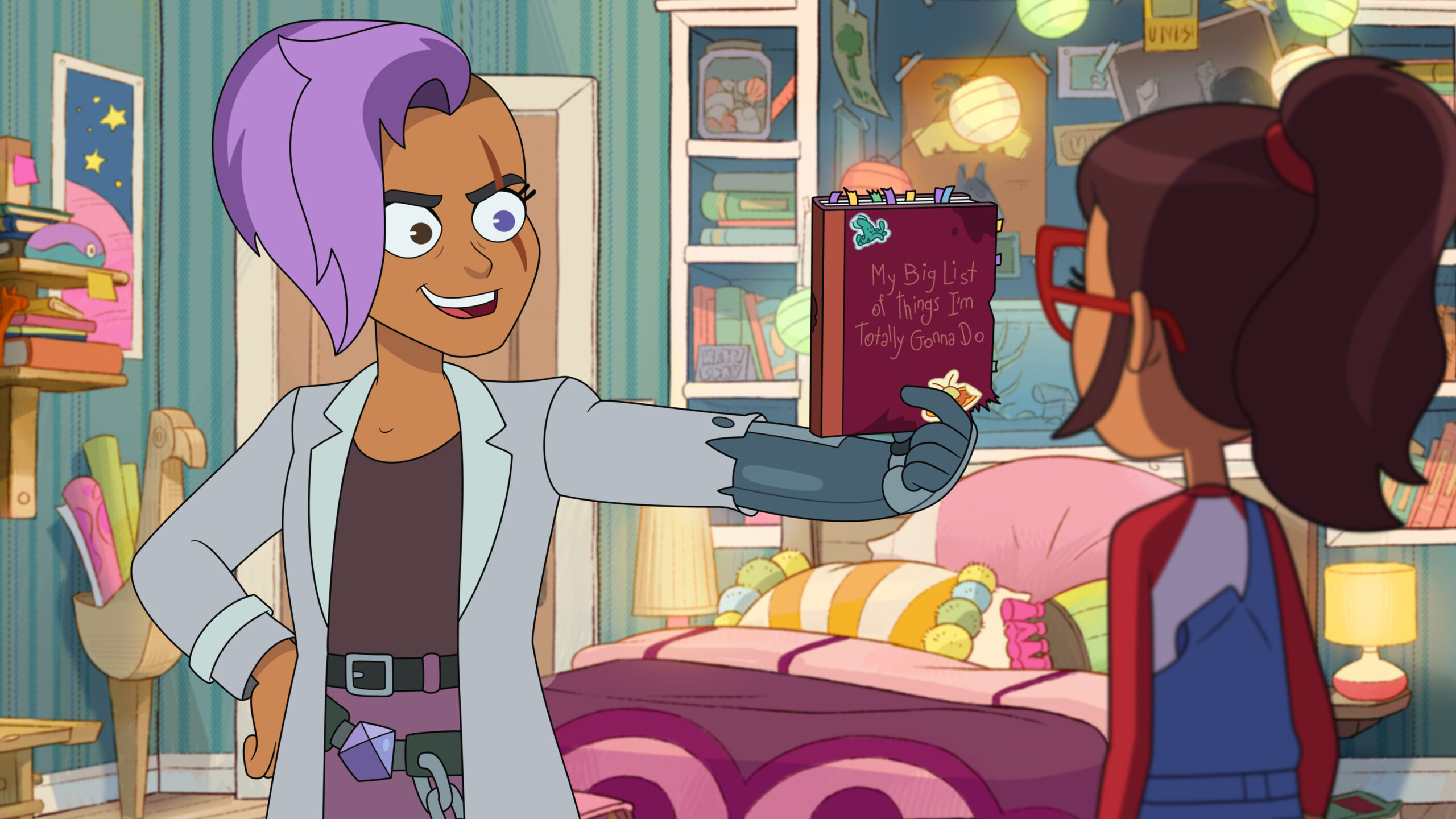
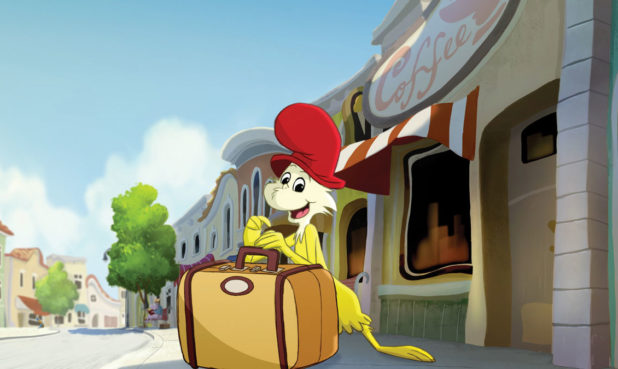
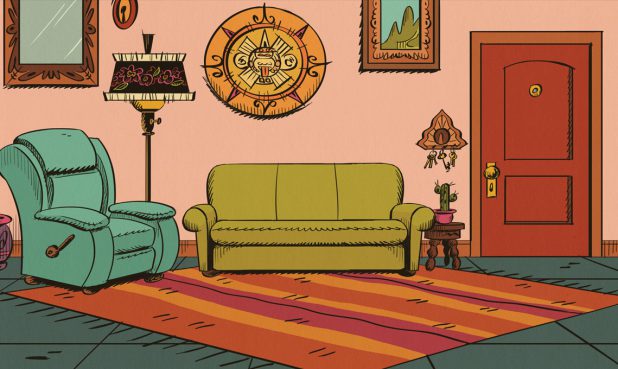
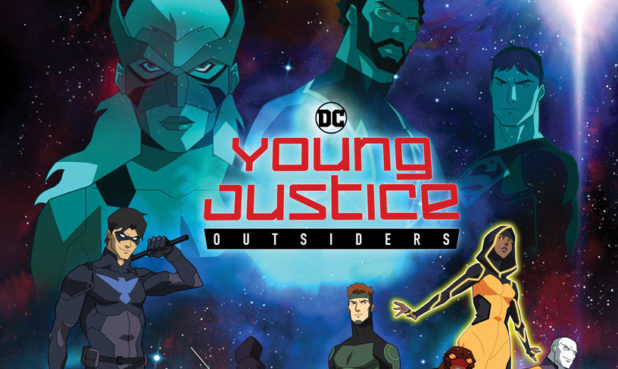
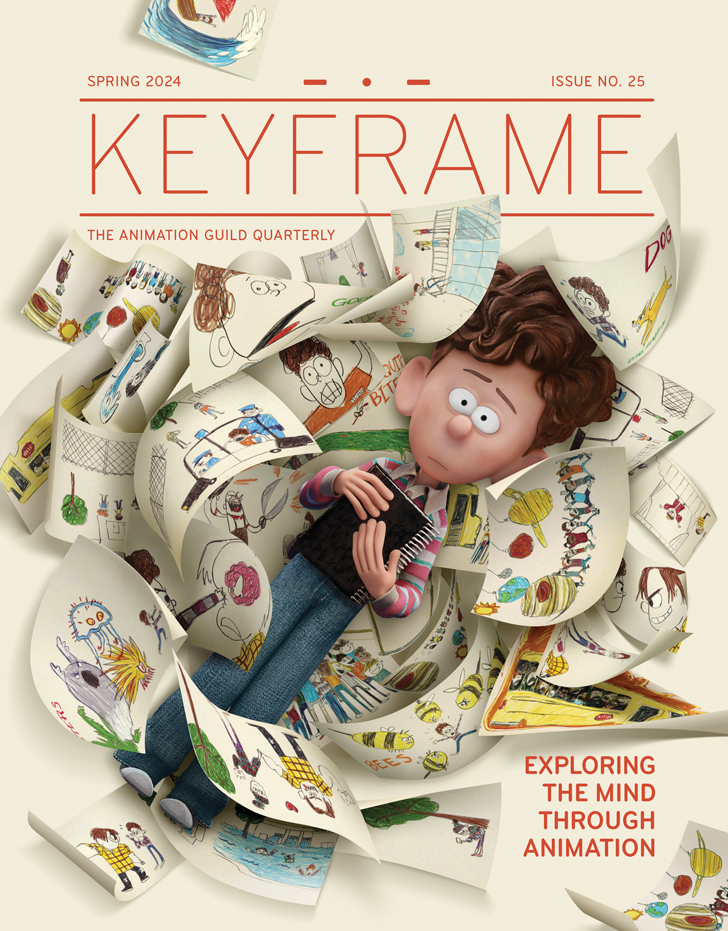

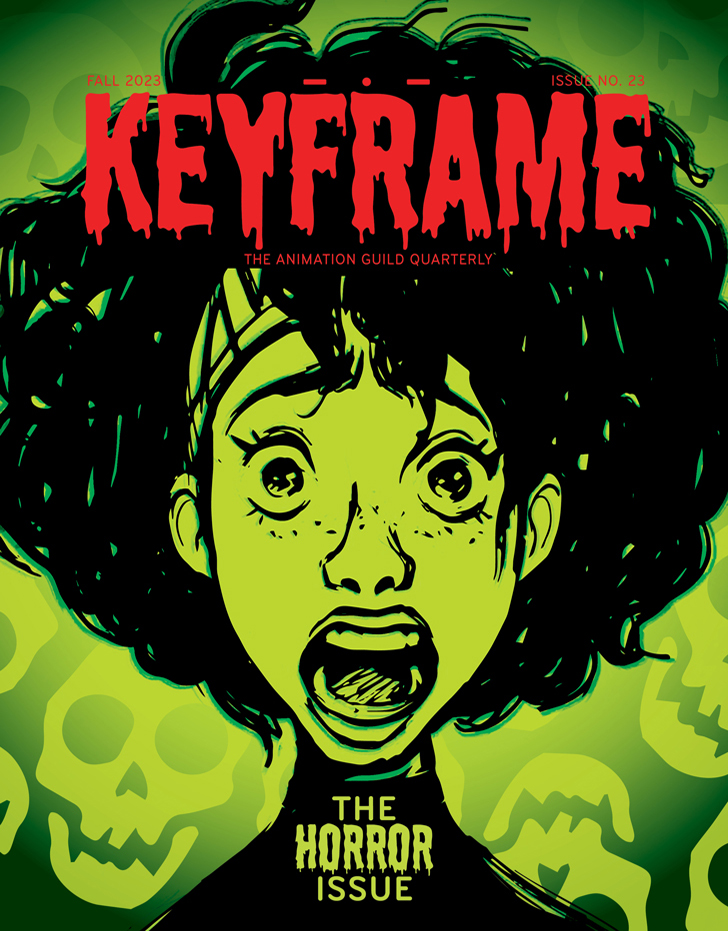
.png)